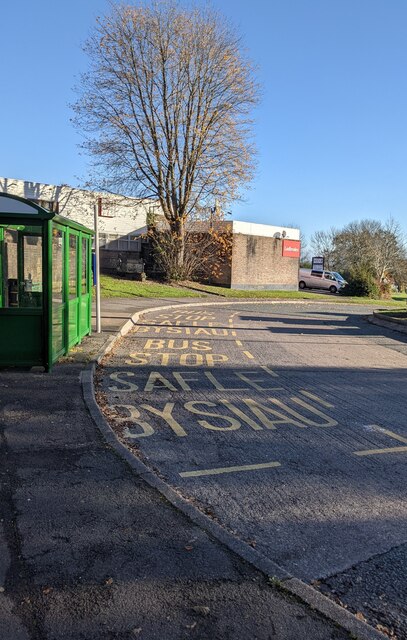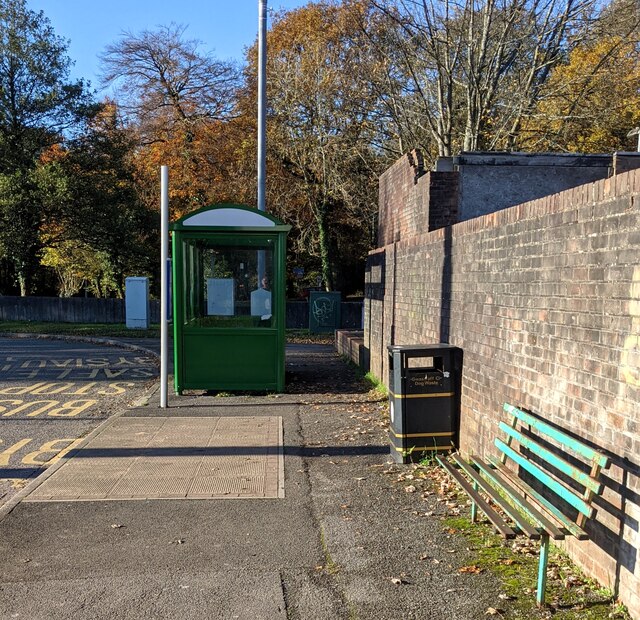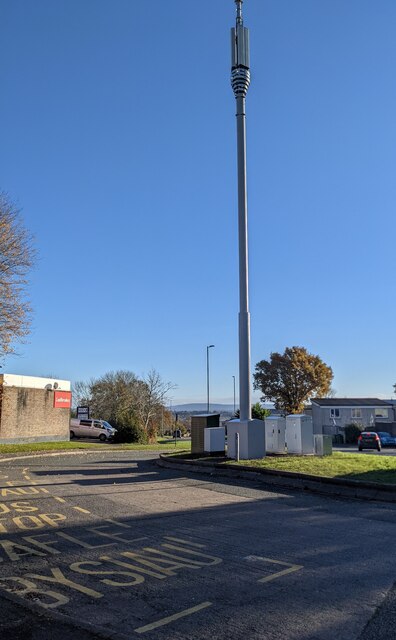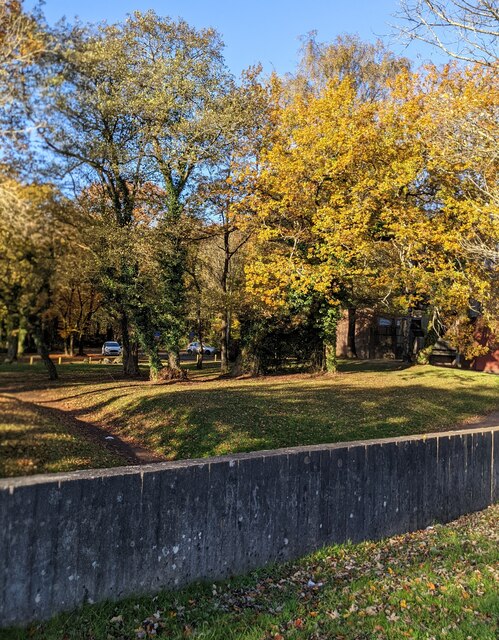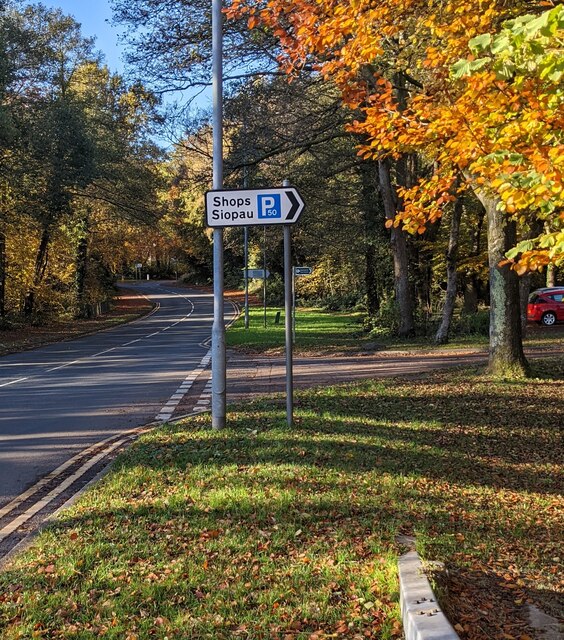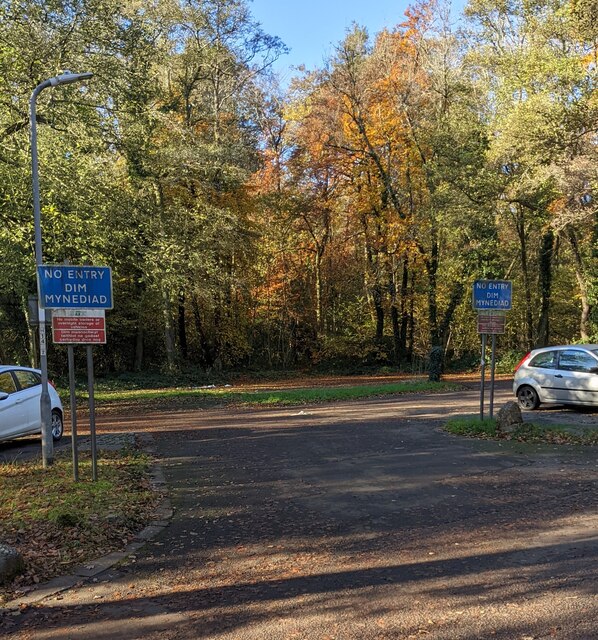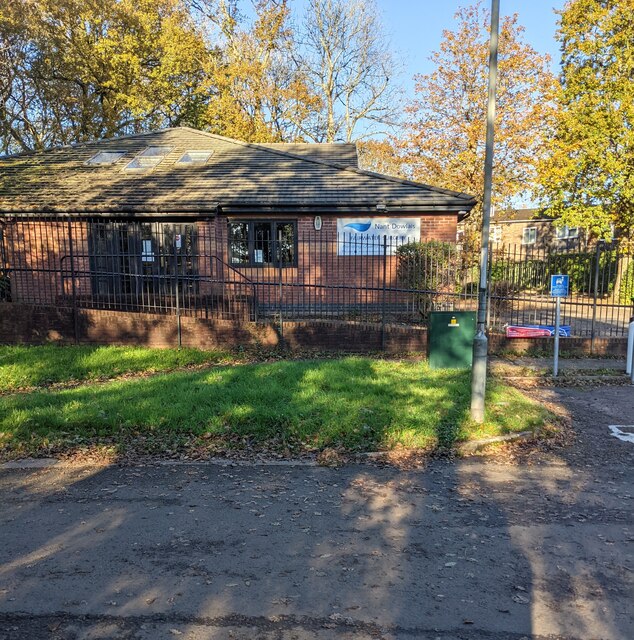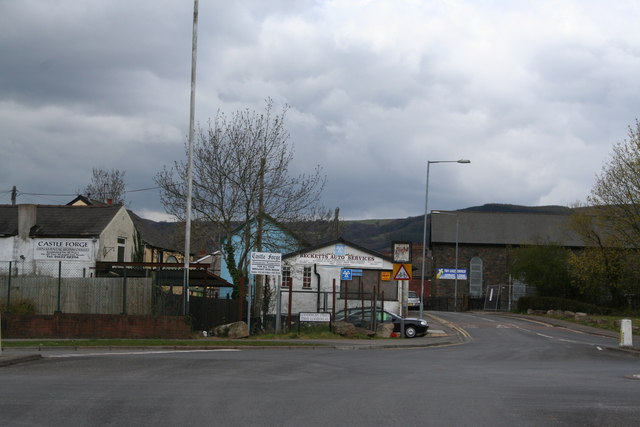Henllys Wood
Wood, Forest in Monmouthshire
Wales
Henllys Wood
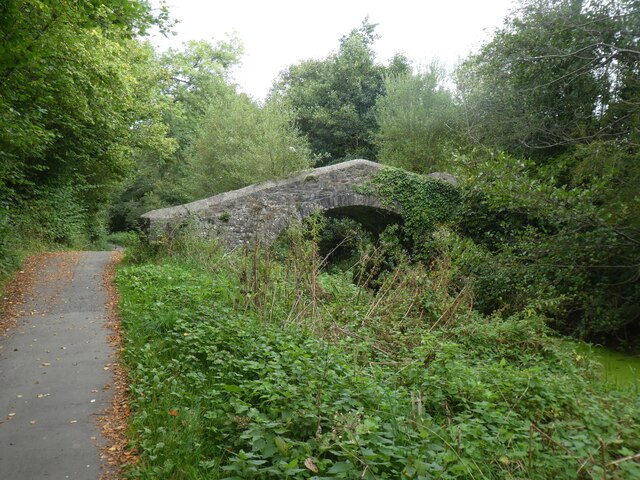
Henllys Wood is a beautiful woodland located in Monmouthshire, Wales. Covering an area of approximately 100 acres, the wood is a popular destination for nature lovers and outdoor enthusiasts. The wood is characterized by a diverse range of tree species, including oak, beech, and ash, creating a rich and vibrant ecosystem.
Visitors to Henllys Wood can enjoy a peaceful and tranquil environment, perfect for walking, hiking, and exploring the natural surroundings. The wood is home to a variety of wildlife, such as birds, deer, and squirrels, making it a great spot for birdwatching and wildlife photography.
There are several well-marked trails throughout the wood, offering visitors the opportunity to discover the beauty of the woodland at their own pace. Additionally, there are picnic areas and benches scattered throughout the wood, providing the perfect spot to take a break and enjoy a snack while taking in the sights and sounds of the forest.
Overall, Henllys Wood is a hidden gem in Monmouthshire, offering a peaceful retreat for those looking to connect with nature and escape the hustle and bustle of everyday life.
If you have any feedback on the listing, please let us know in the comments section below.
Henllys Wood Images
Images are sourced within 2km of 51.629803/-3.0412927 or Grid Reference ST2892. Thanks to Geograph Open Source API. All images are credited.

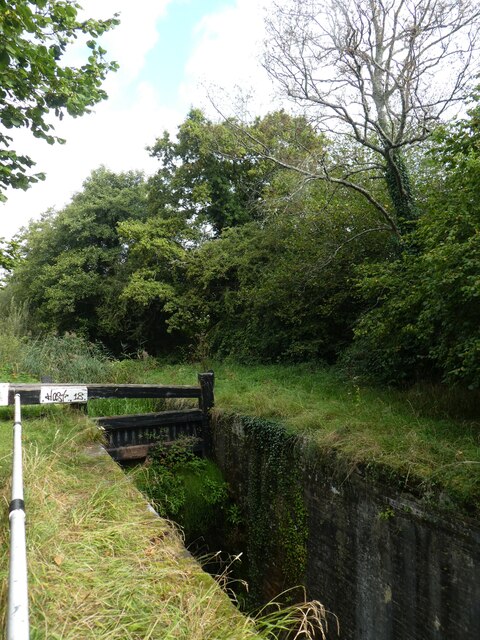
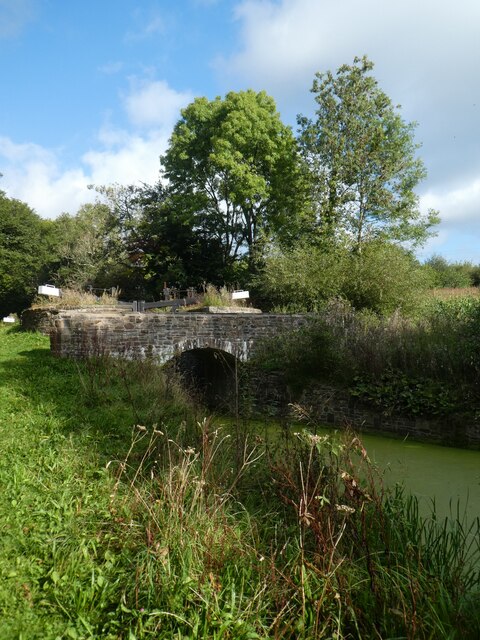






Henllys Wood is located at Grid Ref: ST2892 (Lat: 51.629803, Lng: -3.0412927)
Unitary Authority: Torfaen
Police Authority: Gwent
What 3 Words
///seated.pints.dish. Near Cwmbran, Torfaen
Nearby Locations
Related Wikis
Coed Eva
Coed Eva (Welsh: Coed Efa) is a suburb of Cwmbran in Torfaen County Borough, Wales. It lies in the preserved county of Gwent and within the historic boundaries...
Henllys, Torfaen
Henllys means 'ancient court' with hen 'ancient' and llys 'court'. The name may refer to the former administrative court of the lordship of Machen Today...
Two Locks
Two Locks is a suburb of Cwmbran in the county borough of Torfaen, in south-east Wales. The locks in question are part of the Monmouthshire & Brecon Canal...
Fairwater, Torfaen
Fairwater is a community and suburb of Cwmbran in the county borough of Torfaen, in south east Wales, and was built by the Cwmbran Development Corporation...
Nearby Amenities
Located within 500m of 51.629803,-3.0412927Have you been to Henllys Wood?
Leave your review of Henllys Wood below (or comments, questions and feedback).


